Description
Ammonite Dactylioceras Germany
The Lower Jurassic quarries near Holzmaden, Germany, are a paleontological treasure trove, known for their exceptionally well-preserved fossils. The quarries are located in the state of Baden-Württemberg and have been exploited since the 19th century for their fine-grained, black shale, which is used for roofing, flooring, and other construction purposes.
What makes the Holzmaden quarries so special is the abundance and quality of the fossils they contain. The shale layers date back to the Toarcian age (180-175 million years ago) and have preserved a variety of marine animals, including fish, ichthyosaurs, plesiosaurs, belemnites, and most famously, ammonites.
Dactylioceras
The most common and iconic ammonite found in the quarries is Dactylioceras. This genus of cephalopod lived during the Early Jurassic period and had a distinctive shell with pronounced ribs that made it look like a pinwheel. Dactylioceras ammonites are found in various sizes, from a few centimeters to more than a meter in diameter, and are often beautifully preserved, with fine details of their shell, sutures, and soft parts visible. Dactylioceras Ammonite Germany ammonite dactylioceras germany
In addition to Dactylioceras, other ammonites found in the Holzmaden quarries include Harpoceras, Hildoceras, and the rare Xipheroceras. Many of these ammonites are found curled up in a characteristic “death pose,” which suggests that they died suddenly and were buried in sediment before they could decay or be scavenged.
The Holzmaden quarries have yielded thousands of ammonite specimens over the years, and many of them are on display in museums and private collections around the world. The fossils have also been the subject of extensive scientific research, helping paleontologists to understand the evolution and ecology of these extinct cephalopods and the ancient marine environments they lived in.
Ammonites Dactylioceras Ammonite Germany ammonite dactylioceras germany
Ammonites were a group of marine animals that lived during the Mesozoic Era, about 240 to 65 million years ago. They had a coiled, spiral-shaped shell with ridges and a series of partitions called septa. This shell could range in size from less than an inch to over six feet in diameter.
Ammonites were closely related to modern-day squids and octopuses, and they likely fed on small fish and squid-like animals with their sharp, beak-like mouthparts.
One unique aspect of ammonites is their septa, which formed chambers within the shell. As the animal grew, it would add a new chamber and seal off the previous one with a septum. This gave the shell its distinctive spiral pattern and allowed scientists to study the growth patterns of ammonites.
Ammonites were highly successful and diverse during the Mesozoic Era, with fossils found all around the world. However, they died out at the end of the Cretaceous period, along with the dinosaurs. There are several theories about why this happened, including climate change, competition with other animals, and a meteor impact.
Additional information
| Weight | 0,5 kg |
|---|---|
| Dimensions | 17 × 13 × 2 cm |
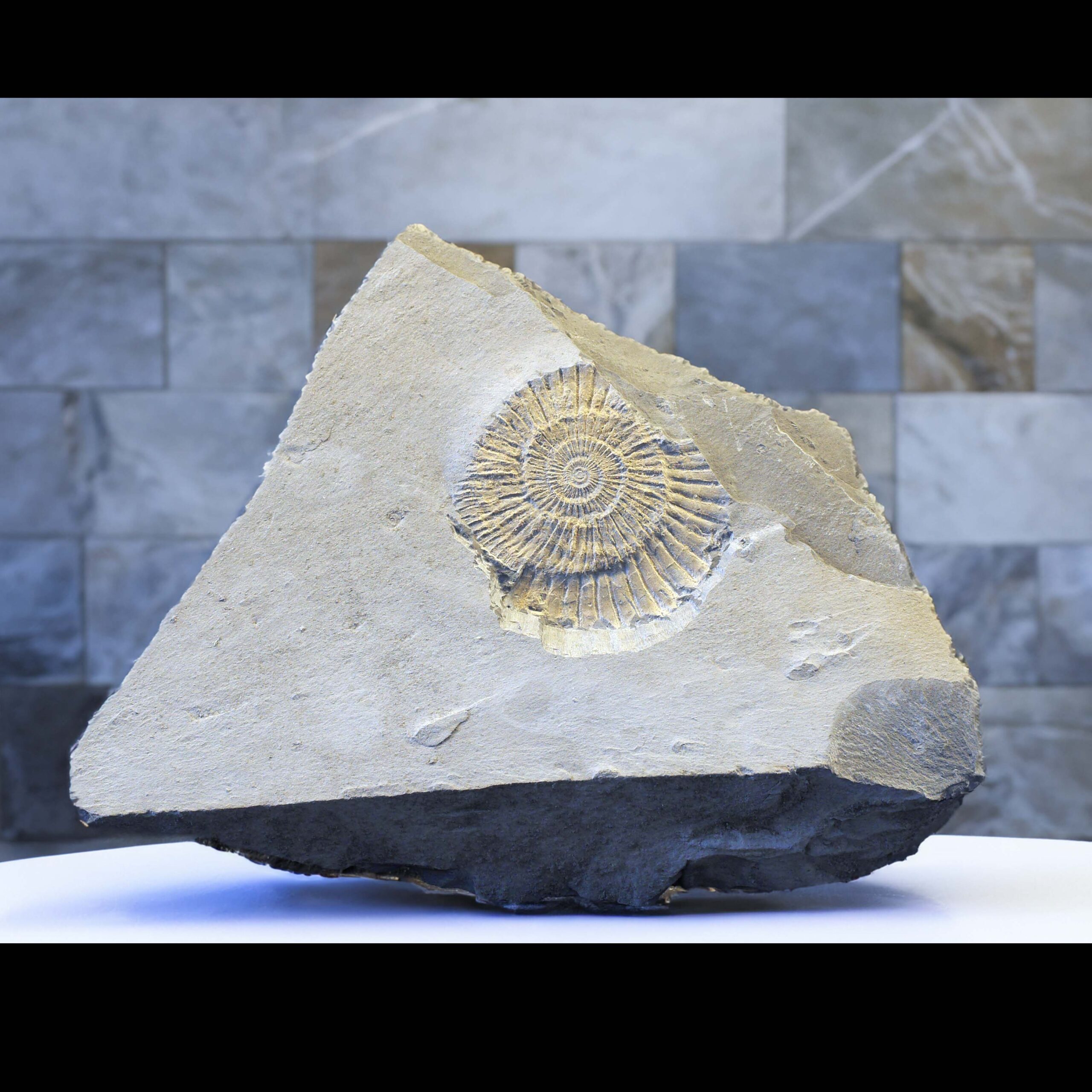
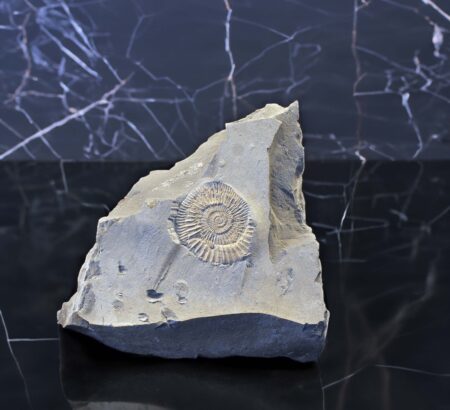
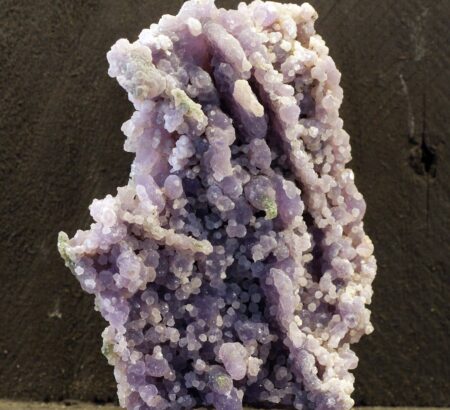
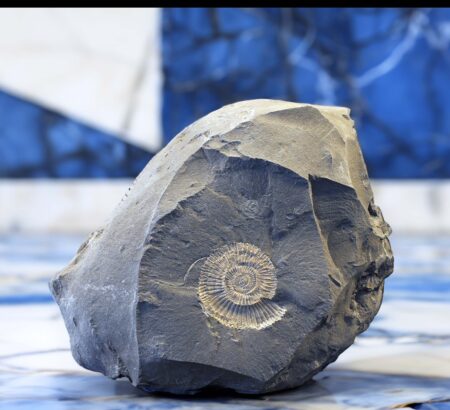
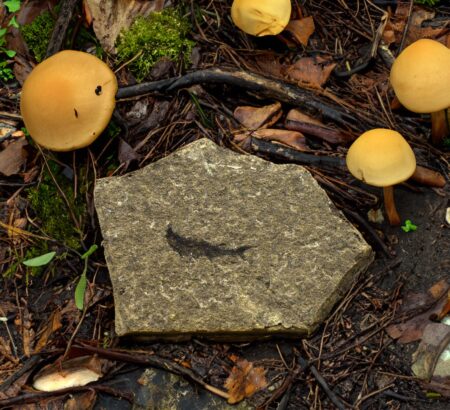
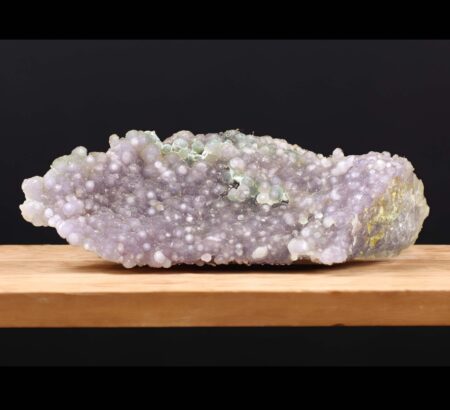

Reviews
There are no reviews yet.